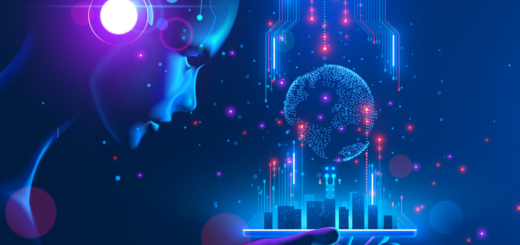Exploring Image Synthesis with Generative Adversarial Networks (GANs)
Image Synthesis Using Generative Adversarial Networks (GANs)
Generative Adversarial Networks (GANs) have revolutionized computer vision by generating realistic images from random noise. This post explores the applications and mechanisms behind GANs in image synthesis.
What are GANs?
GANs, designed by Ian Goodfellow and colleagues in 2014, are machine learning frameworks with two components: a generator and a discriminator. The generator produces data instances, and the discriminator evaluates their authenticity. The generator refines its output based on the discriminator’s feedback.
Image Synthesis with GANs
Image synthesis involves creating new images, often by modifying existing ones. GANs excel in this area, generating realistic images almost indistinguishable from real ones. The process begins with the generator creating an image from random noise. The discriminator then evaluates it, and if deemed fake, the generator adjusts to improve the next output. This iterative process continues until the discriminator can’t distinguish generated from real images.
Applications of GANs in Image Synthesis
GANs find diverse applications in image synthesis:
1. Art Creation: Artists use GANs to produce unique artworks.
2. Medical Imaging: GANs generate medical images for research and training.
3. Entertainment: GANs contribute to creating realistic characters and environments in video games and movies.
Conclusion
GANs have significantly advanced image synthesis, unlocking possibilities across various domains. As the technology evolves, we anticipate even more innovative applications in the future.
by Umesh Chandra Garjola



